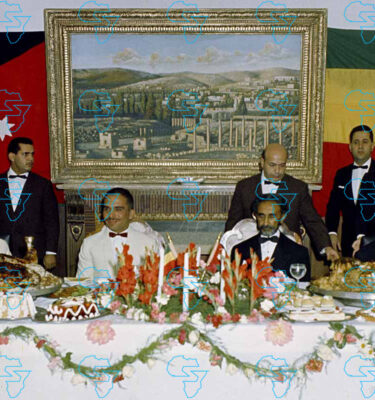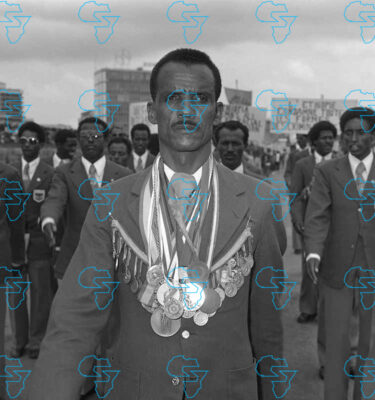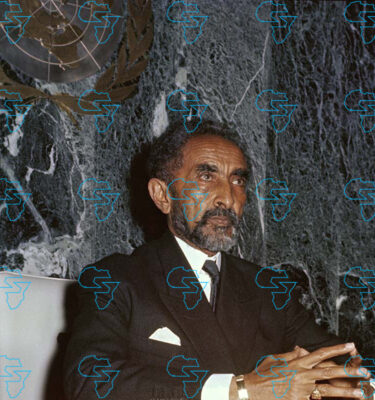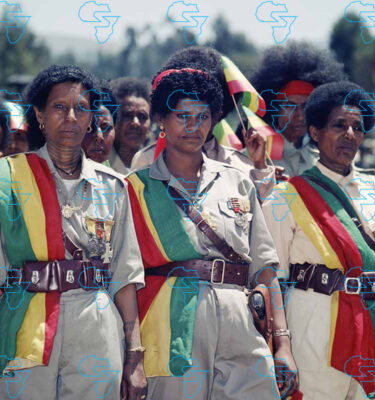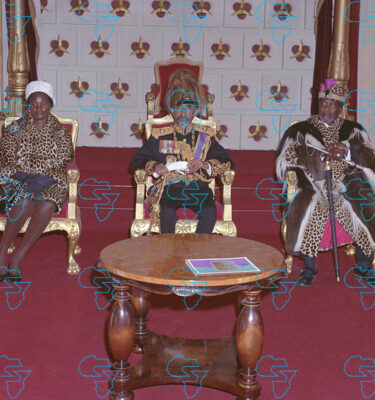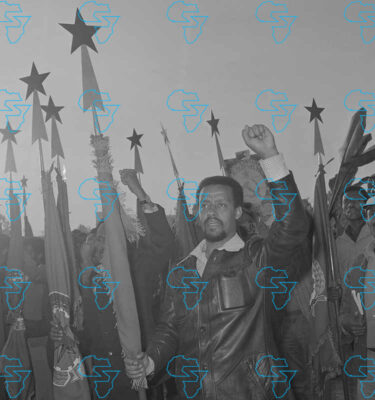
Barely three years after it ended one of the deadliest wars in modern African history, the 2022 Pretoria peace accord— formally known as the Agreement for Lasting Peace through a Permanent Cessation of Hostilities (CoHA) — appears to be fraying. Recent exchanges of hostilities between the Tigray and Afar regions, coupled with growing mistrust between Tigray’s leadership and the federal authorities, have raised alarm that the fragile peace painstakingly built since late 2022 by the agreement that silenced the guns between the Ethiopian federal government and the Tigray People’s Liberation Front (TPLF) is beginning to unravel. The implications of such a collapse would be catastrophic—not only for Ethiopia, but for the stability of the entire Horn of Africa.
The Pretoria accord was never perfect, but it was indispensable. It halted a devastating two-year war that killed hundreds of thousands, displaced millions, and pushed large swathes of northern Ethiopia to the brink of famine. The agreement, brokered under the auspices of the African Union, was heralded as a triumph of African-led diplomacy. It offered a roadmap for disarmament, humanitarian access, and political dialogue—an opportunity for Ethiopia to begin stitching together its shattered social fabric. But as the latest tensions demonstrate, peace accords are only as strong as the political will to uphold them.
The crux of the current strain lies in the slow and uneven implementation of the accord. While large-scale fighting between federal and Tigray forces has ceased, deep mistrust persists. Key provisions—particularly on disarmament, reintegration of Tigray’s fighters, the return of displaced communities, and restoration of constitutional authority—have been plagued by delays, disputes, and mutual accusations of bad faith. Tigray’s leaders argue that the federal government has dragged its feet on restoring essential services, lifting administrative restrictions, and ensuring meaningful political autonomy. The federal government, in turn, accuses Tigray’s authorities of failing to fully disarm, tolerating hostile rhetoric, and collaborating with insurgents operating in the Amhara region.
The reemergence of violent flare-ups along the Tigray-Afar border adds a dangerous new dimension. The border between the two regions, contested since the war, remains a flashpoint of tension. Recent skirmishes and reports of population displacements in the area threaten to reignite ethnic hostilities that the Pretoria accord sought to neutralize. Each clash, however localized, risks triggering a wider conflagration by reigniting old grievances and inviting military retaliation. The situation is particularly volatile because neither side seems willing to make concessions on border demarcation or resettlement of displaced communities—a toxic mix that could easily spiral into open conflict.
If the Pretoria deal collapses, Ethiopia faces not merely a relapse into war but a full-blown national crisis. The first and most immediate peril is humanitarian. Northern Ethiopia is still reeling from the scars of the last conflict—destroyed infrastructure, food insecurity, and millions dependent on aid. A return to hostilities would interrupt fragile recovery efforts and deepen human suffering on a massive scale. Humanitarian agencies, already overstretched by crises in Amhara, Oromia, and Somali regions, would struggle to respond. The political ramifications are disconcerting as well. The unraveling of the accord would deal a fatal blow to Ethiopia’s already fragile transition. The 2018 political reforms that once promised unity and democratization have been eclipsed by years of violence and mistrust. A breakdown of the peace agreement would confirm to many Ethiopians—and the international community—that the country’s political elite is incapable of resolving disputes through dialogue. It would also embolden armed actors elsewhere to seek military rather than political solutions, deepening Ethiopia’s fragmentation.
The economic repercussions would be equally dire. Investor confidence, already shaken by recurring instability, would plummet further. Reconstruction in Tigray and neighboring regions would grind to a halt. Ethiopia’s hopes of revitalizing exports, attracting manufacturing investment, and stabilizing its currency would be dealt yet another blow. The country’s already precarious foreign-exchange reserves and debt situation could spiral into crisis, jeopardizing its broader development agenda.
Beyond Ethiopia’s borders, the collapse of the CoHA would reverberate across the Horn of Africa. Regional stability is precarious as it is: Sudan remains engulfed in civil war, Somalia is battling insurgency, and tensions persist between Ethiopia and Eritrea. The resumption of conflict in northern Ethiopia could spill across borders, drawing in external actors and disrupting vital trade and security arrangements. For a region so deeply interconnected—economically, socially, and politically—the disintegration of peace in Ethiopia would have cascading effects, undermining regional integration efforts under IGAD and the African Continental Free Trade Area framework.
So, what must be done to prevent this looming disaster?
First and foremost, political dialogue must be revived and deepened. The Pretoria accord cannot sustain itself through silence or suspicion. Both the federal and Tigray authorities must recommit to direct, good-faith negotiations on unresolved issues—particularly disarmament timelines, administrative arrangements, and border demarcations. International partners, including the African Union, must step up their mediation efforts rather than treating the deal as a finished achievement. Peace is a process, not an event. This should be complimented by the revitalization of implementation mechanisms. The Joint Monitoring, Verification, and Compliance Mechanism established under the Pretoria framework should be strengthened, adequately funded, and empowered to investigate violations on both sides. Transparency is key: the Ethiopian public deserves regular updates on what progress has been made and where gaps remain. Furthermore, it is of the essence to resolve regional grievances through dialogue and justice, not coercion. The Tigray-Amhara border issue, in particular, requires impartial mediation and community-level reconciliation. The federal government should facilitate discussions that prioritize the rights of displaced populations and the integrity of both regions rather than imposing unilateral decisions.
Finally, Ethiopia’s leaders must understand that peace is not a sign of weakness—it is the foundation of national survival. The temptation to treat the Pretoria Accord as a temporary political convenience must give way to a recognition that Ethiopia’s unity and development hinge on reconciliation, not domination. The same energy expended on military campaigns must now be devoted to building institutions capable of managing diversity and dissent peacefully. The collapse of the CoHA would not simply mark the failure of a peace deal—it would mark the unraveling of a nation’s hope for stability and coexistence. Ethiopia cannot afford another descent into war, nor can Africa afford another failed peace. The time for renewed commitment is now—before the fragile calm turns once again into chaos.
.
.
.
#Averting #Collapse #Pretoria #Accord
Source link



